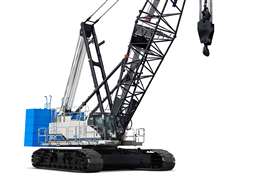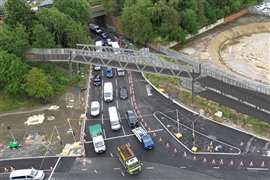Scheme Calls For Emission Cuts
01 May 2008
Reducing carbon dioxide (Co2) emissions is vital to slow the rate of global warming but could have serious implications on the cost of construction materials, cement particularly. Cement production is an energy intensive process that creates high levels of emissions and manufacturers in Europe need to find innovative ways to cut CO2 emissions to meet new legislation.
The European Union's Emission Trading Scheme (ETS) came into force at the beginning of this year and is designed to manage the amount of CO2 produced by specific industries. ETS is similar to others in Australia and Japan and sets a maximum level of emissions for an industry but is flexible on how the target is met. Companies can either reduce their emissions to meet their target, drop below their target and sell the excess allowance or remain above target and buy allowances from other companies.
“Manufacturing a tonne of cementitous material produces about a tonne of CO2 and reducing levels of emissions is technologically difficult for both the cement and electricity suppliers,”said CarbonSim director Craig Windram. “Cement prices will probably rise because the industry will have to buy in ETS allowances and the cost of electricity will also increase for the same reason, further impacting cement costs.”
Some cement producers are looking to alternative fuels such as sewage pellets and tyres to reduce emissions. But according to LogicaCMG business development manager Sonja Froestl, cement users may look to import materials from cheaper sources outside the ETS. “This would be self defeating because transporting material over longer distances will ultimately create more CO2 emissions,”she said.
The first stage of ETS runs until 2008 but the next four year phase will see the scheme expanded to include other greenhouse gases and more industries.






